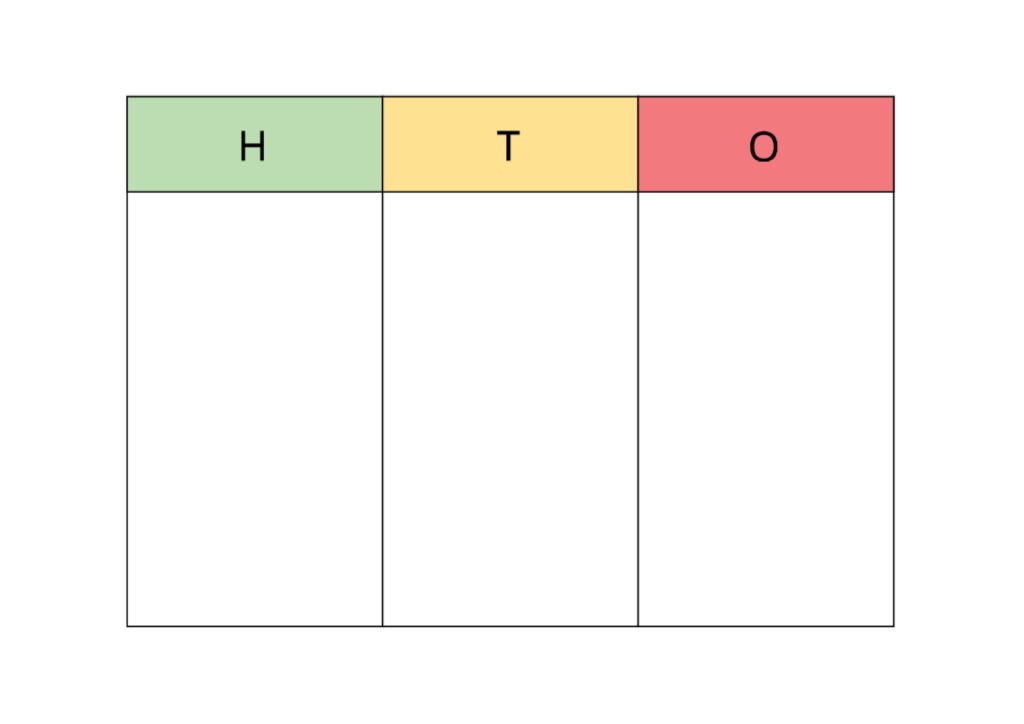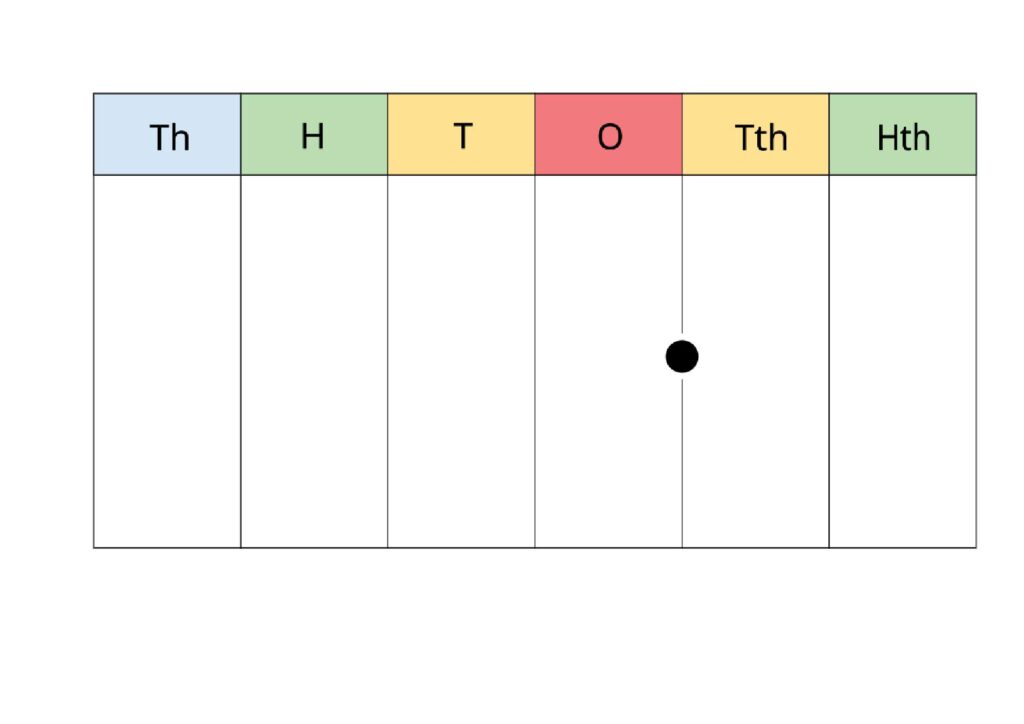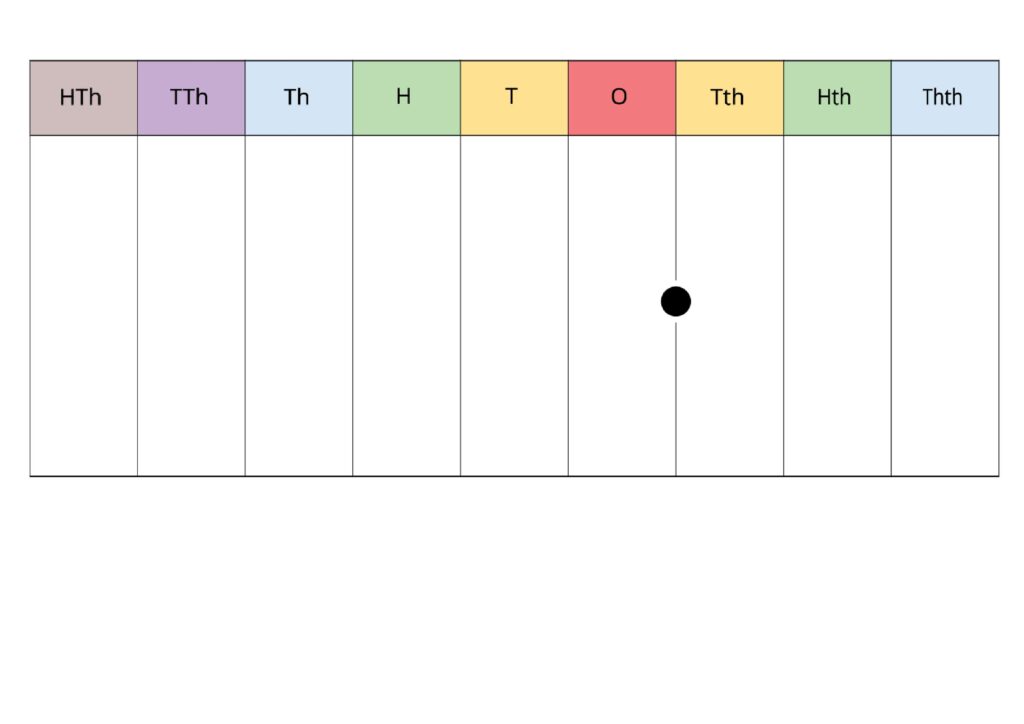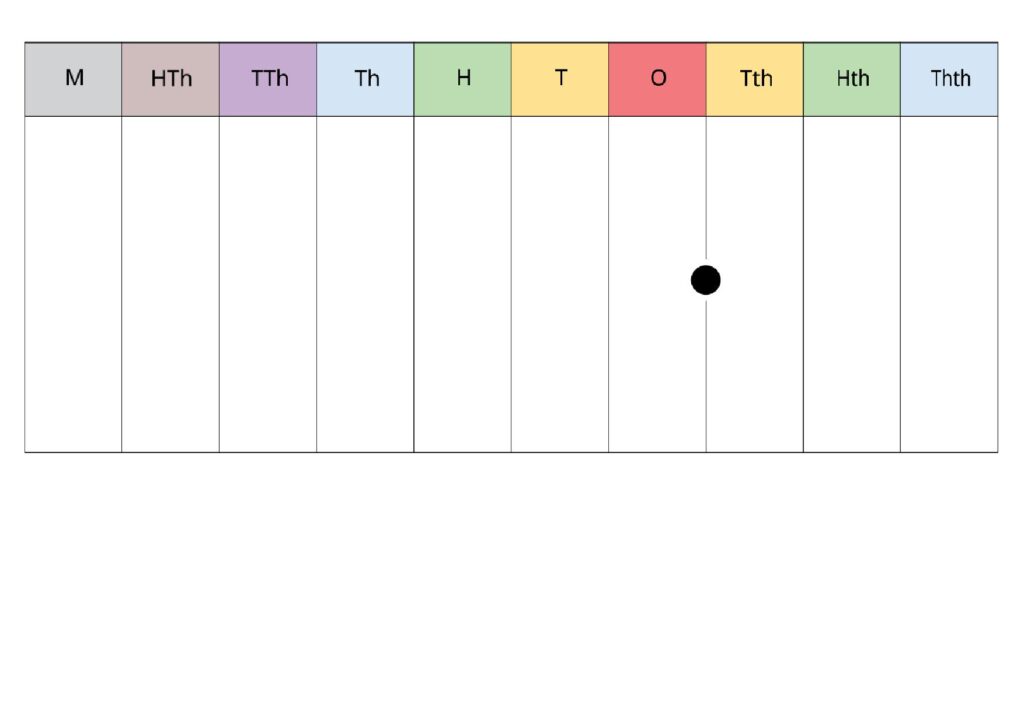Please refer to our calculation policy to help your child at home.
Parents have a great opportunity to develop their child’s maths skills at home by involving them in everyday activities. If your children can help you measure the ingredients when baking or work out which supermarket deal is cheapest, then it’s helping them understand maths in real life. It also helps become exposed to key vocabulary and develop their basic maths and problem solving skills.
Take a close look around your home or out on the street and you will quickly come to notice that numbers are everywhere! From the time your alarms go off in the morning to the tape measure that you use to measure new furniture for your home. There are lots of opportunities for children to apply their mathematical skills to everyday situations. Being exposed to these real life situations demonstrates to children how maths and the need to use mathematical skills is all around us and helps them build a deeper understanding when being introduced to these topics at school.
Some examples of how parents can expose their children to maths in real life:
Number
Children can begin to make their first real-life connections to numbers as they count the number of seconds before they hunt for a friend in a game of hide and seek or when they calculate how much money they have to buy something from the local newsagent. As your child grows older, it is important for them to understand how we use numbers in all areas of life such as money and measuring.
Time
Children can begin to learn about time from their set bed time to the time they start school in the morning. Help your child read the time using a digital and analogue clock (including 24 hours). Calculate time intervals or read bus timetables. Use vocabulary such as o’clock, a.m./p.m., quarter past/to, half past, hours, minutes and seconds.
Cooking at home
Working through simple recipes such as baking a cake can utilise a number of mathematical skills. Children can weigh out ingredients to the appropriate amounts and look at the varying increments on a weighing scale. Doing so will expose children to unfamiliar vocabulary such as grams and kilograms.
Homework
Learning which will be taking place in class is continued through the tasks set each week on Mathletics. Log in details for Mathletics will be in your child’s home school diary. If your child completes the tasks that have been set by their class teacher then they can continue completing more activities if they wish. All work completed is marked and automatically sent to the class teacher. Each child also has a login for Times Tables Rockstars which they can use to practice their times tables.
The Importance of Place Value
Place value is the beginning and end of everything to do with mathematics. Having a secure understanding of place value is incremental and provides the essential number knowledge needed to complete calculations, including addition, subtraction, multiplication, division, and fractions. When children are introduced to place value they should be taught using a place value grid like the one below. The grid should be adapted for the value that each year group need to work towards.
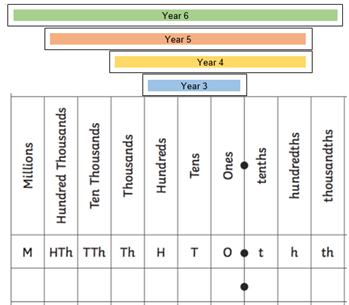
If you would like to support your child at home please click on the image below to download and print a place value chart.
Rapid Recall Skills for Key Number Facts
Parents/carers can also support their children by helping them to develop rapid recall skills for key number facts so that they are able to ‘know’ the facts without having to work them out.
Please use the number facts below to help your child become fluent with place value and calculations.
By the end of Year 2, children should be able to:
Recall and use addition and subtraction facts to 20 fluently, and derive and use related facts up to 100
Recall and use addition and subtraction facts to 20 fluently, and derive and use related facts up to 100
Recall and use multiplication and division facts for the 2, 5 and 10 multiplication tables, including recognising odd and even numbers
Year 3
ADDITION & SUBTRACTION:
Add and subtract numbers mentally, including:
– a three-digit number and ones
– a three-digit number and tens
– a three-digit number and hundreds
MULTIPLICATION & DIVISION:
Recall and use multiplication and division facts for the 3, 4 and 8 multiplication tables
Year 4
ADDITION & SUBTRACTION:
Count in multiples of 6, 7, 9, 25 and 1000
MULTIPLICATION & DIVISION:
Recall multiplication and division facts for multiplication tables up to 12 × 12
*Pupils will complete the national Multiplication Tables Check test at the end of the summer term to test their fluency with recalling the times tables up to 12 x12.
Year 5
ADDITION & SUBTRACTION:
Add and subtract numbers mentally with increasingly large numbers
MULTIPLICATION & DIVISION:
Multiply and divide numbers mentally drawing upon known facts
Confident and recall rapidly multiplication and division facts for multiplication tables up to 12 x 12
Year 6
ADDITION & SUBTRACTION:
Perform mental calculations, including with mixed operations and large numbers
MULTIPLICATION & DIVISION:
Perform mental calculations, including with mixed operations and large numbers

